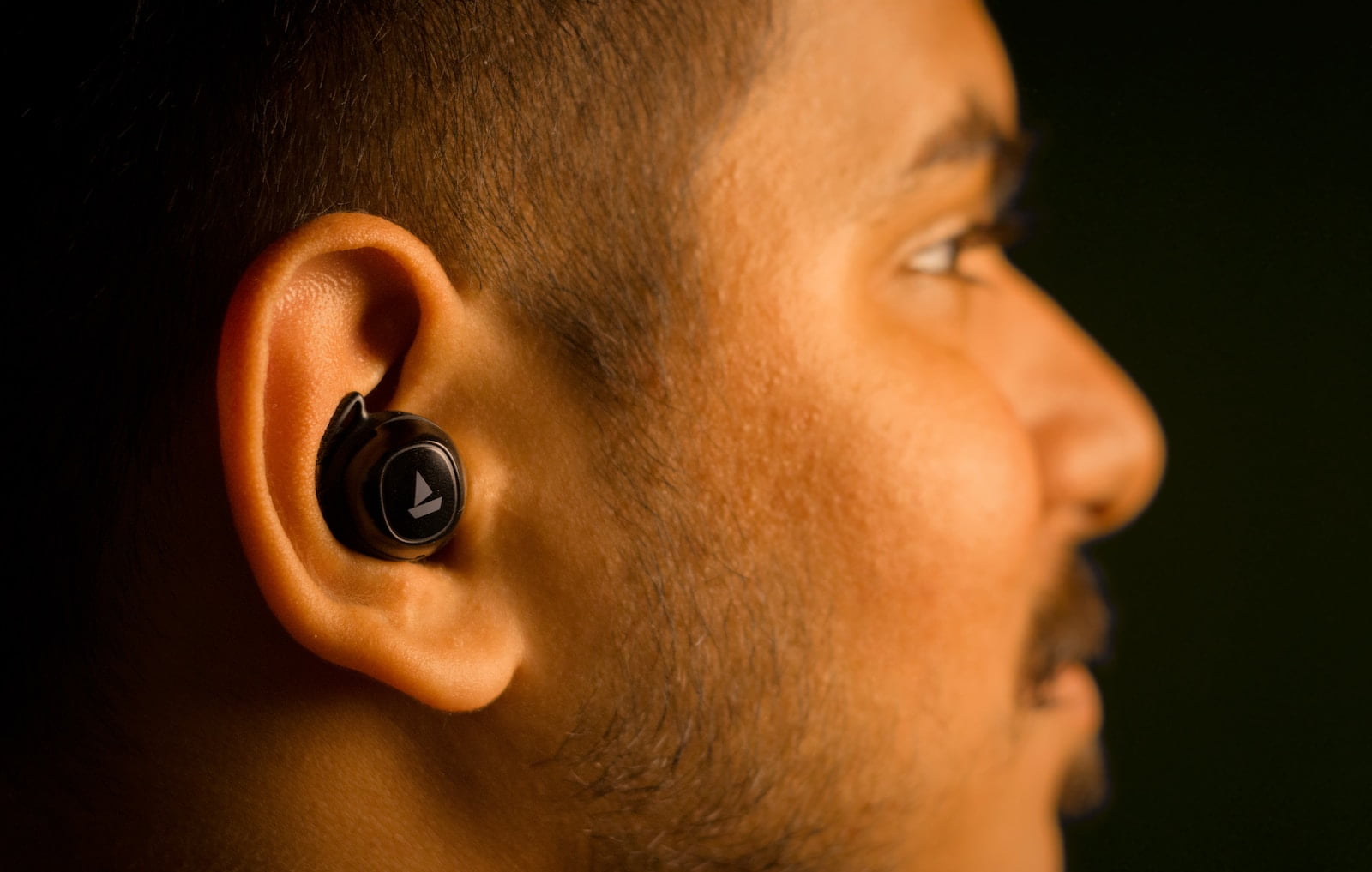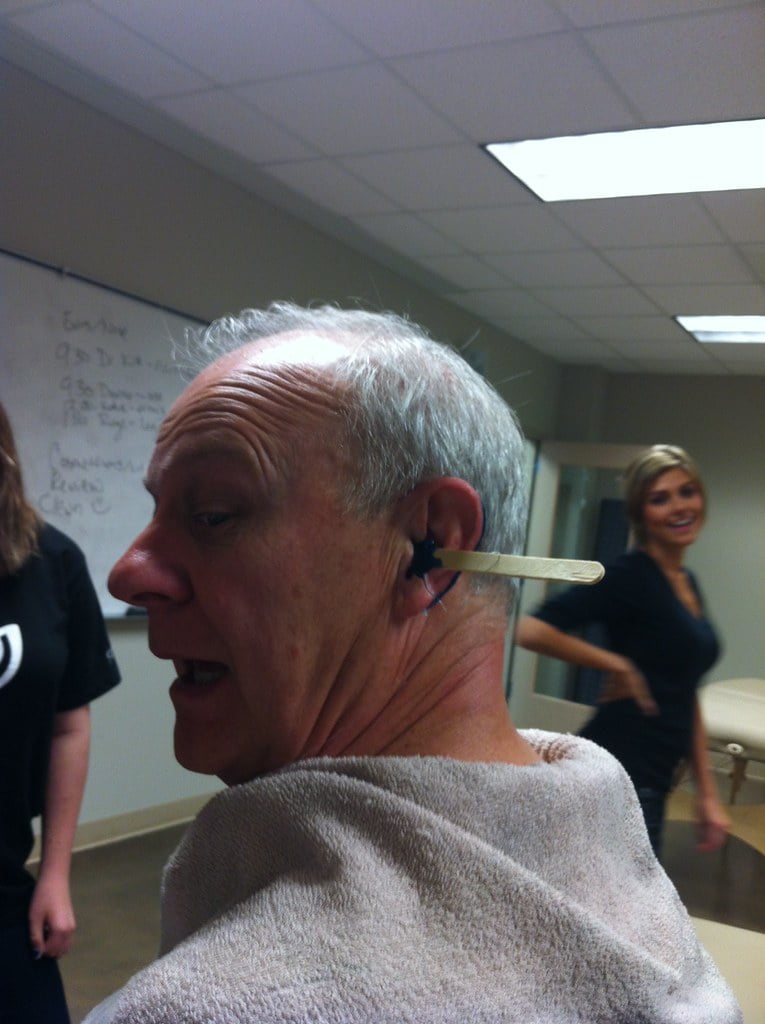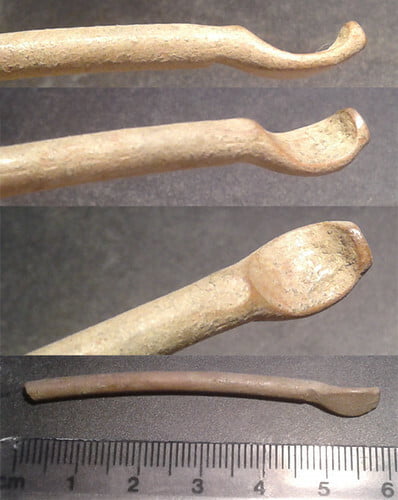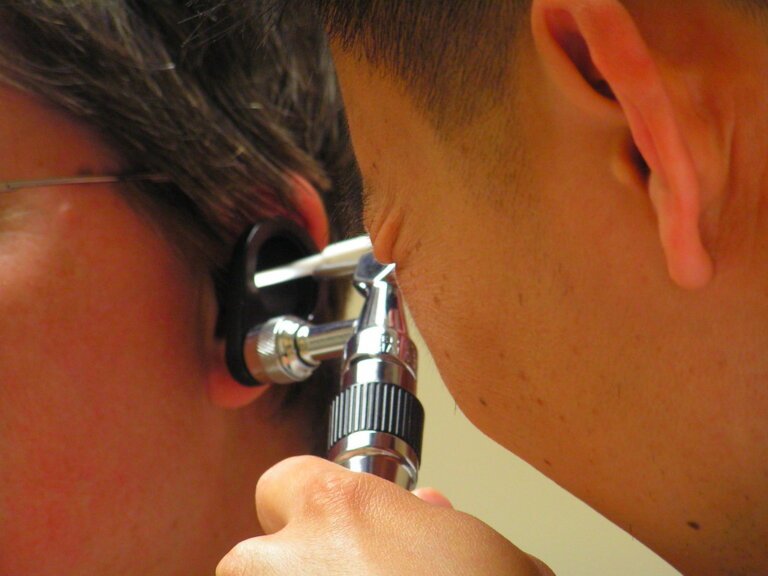Unpacking Courses in Manual Instrument Ear Wax Removal
In recent years, manual instrument ear wax removal has gained popularity as a safe and effective method for eliminating excess ear wax. This procedure is typically performed by trained professionals who have completed specialized courses in this field. In this article, we will delve into the world of manual instrument ear wax removal courses, exploring their benefits, curriculum, and the importance of choosing a reputable course.
The Benefits of Manual Instrument Ear Wax Removal Courses
- Professional Skills Enhancement: Courses in manual instrument ear wax removal provide individuals with the opportunity to enhance their skills and knowledge in this specialized field. By completing such a course, professionals can offer a higher level of expertise to their clients, ensuring safe and effective ear wax removal.
-
Professionals who undergo training in manual instrument ear wax removal gain a deep understanding of the techniques and instruments involved in the process. This knowledge allows them to perform the procedure with precision, reducing the risk of complications or discomfort for the patient.
-
Through these courses, professionals also learn about the latest advancements and best practices in ear wax removal. Staying updated with the industry standards enables them to provide the highest quality of care to their clients.
-
By enhancing their skills in manual instrument ear wax removal, professionals can expand their range of services. This opens up new professional opportunities, such as working in healthcare facilities, audiology clinics, or even establishing their own specialized ear wax removal clinics.
- Safe and Effective Techniques: These courses emphasize the use of proper techniques and instruments to ensure safe and effective ear wax removal. Professionals learn how to carefully remove ear wax without causing any harm or discomfort to the patient, minimizing the risk of complications.
-
During the courses, professionals are taught various manual instrument techniques that are safe and effective for removing ear wax. They learn the proper handling and sterilization of instruments, which is crucial to prevent infections or injuries.
-
The training also covers patient safety precautions, helping professionals identify contraindications and potential risks associated with ear wax removal. By conducting a thorough assessment of the patient’s ear condition, they can implement the necessary safety measures and reduce the chances of complications.
-
With the knowledge gained from these courses, professionals are equipped to provide a higher level of care to their patients. They can ensure that the ear wax removal procedure is performed with precision and accuracy, promoting the overall well-being of their patients.
- Understanding Ear Anatomy: A comprehensive course in manual instrument ear wax removal includes detailed instruction on ear anatomy. Professionals gain a deeper understanding of the ear’s structure, enabling them to perform the procedure with precision and accuracy.
-
Through the course, professionals learn about the structure of the ear, including the ear canal and eardrum. This knowledge allows them to visualize the location of the ear wax and perform the removal process effectively.
-
Understanding the role of cerumen glands in ear wax production helps professionals identify any underlying issues related to excessive ear wax. By addressing these issues, they can provide appropriate recommendations for prevention or future care.
-
The knowledge of ear anatomy acquired through these courses also helps professionals educate their patients about the importance of ear hygiene and the potential consequences of neglecting ear wax buildup. This empowers patients to take better care of their ears and seek professional help when needed.
- Increased Professional Opportunities: By completing a course in manual instrument ear wax removal, individuals open doors to various professional opportunities. They can work in healthcare facilities, audiology clinics, or even establish their own specialized ear wax removal clinics.
-
The demand for manual instrument ear wax removal services is growing, and professionals with the necessary skills and certification are in high demand. By completing a reputable course, individuals can position themselves as experts in the field and increase their chances of securing rewarding career opportunities.
-
With the option to work in healthcare facilities, professionals can collaborate with other healthcare providers and be part of a multidisciplinary team focused on ear health. This allows for continuous learning and professional growth.
-
Alternatively, individuals can choose to establish their own specialized ear wax removal clinics, providing personalized care and building their own brand. This entrepreneurial path offers the opportunity for independence and the potential for financial success.
Curriculum of Manual Instrument Ear Wax Removal Courses
Courses in manual instrument ear wax removal typically cover a wide range of topics to ensure comprehensive training. Some of the key components of these courses include:
Understanding Ear Wax
-
Definition and composition of ear wax: Professionals learn about the nature and characteristics of ear wax, which is primarily composed of dead skin cells, oils, and other debris. This knowledge helps them understand the challenges associated with its removal.
-
Functions of ear wax in the ear canal: The course explores the important role ear wax plays in protecting the ear canal from dust, debris, and bacteria. Professionals learn how to balance the removal of excess ear wax while preserving its beneficial functions.
-
Common ear wax-related problems: The training covers various issues related to ear wax accumulation, such as impacted ear wax, ear infections, and hearing loss. Professionals learn to recognize the symptoms and identify appropriate treatment approaches.
Ear Anatomy and Physiology
-
Structure of the ear, including the ear canal and eardrum: Professionals gain an in-depth understanding of the anatomy of the ear, including the external ear, middle ear, and inner ear. This knowledge helps them visualize the location of ear wax and perform the removal procedure safely.
-
The role of the cerumen glands in ear wax production: The course explains the function of cerumen glands, which produce ear wax. Professionals learn about the factors that can influence the production of ear wax and how to address any imbalances.
-
How ear wax impacts hearing: Professionals explore the relationship between ear wax and hearing. They learn about the potential consequences of excessive ear wax, such as hearing loss or temporary hearing impairment. This knowledge helps them educate patients on the importance of maintaining optimal ear hygiene.
Manual Instrument Techniques
-
Types of instruments used in manual instrument ear wax removal: Professionals are introduced to the various tools and instruments used in manual instrument ear wax removal. They learn about the characteristics of each instrument and their specific applications.
-
Proper handling and sterilization of instruments: The course emphasizes the importance of maintaining proper hygiene and sterilization practices to prevent infections. Professionals learn how to handle and clean the instruments effectively, ensuring the safety of both themselves and their patients.
-
Techniques for safe and effective ear wax removal: Professionals are trained in the step-by-step process of manual instrument ear wax removal. They learn the correct techniques to minimize discomfort and reduce the risk of complications. The training focuses on gentle and precise movements to ensure safe and effective wax removal.
Patient Assessment and Safety Precautions
-
Identifying contraindications and potential risks for ear wax removal: Professionals learn how to assess the suitability of ear wax removal for individual patients. They become familiar with the conditions or factors that may prevent or complicate the procedure.
-
Conducting a thorough assessment of the patient’s ear condition: The course teaches professionals how to perform a comprehensive examination of the patient’s ears. They learn to identify signs of ear wax accumulation, inflammation, or other abnormalities that may require specific interventions.
-
Implementing safety measures to prevent complications: Professionals are trained to prioritize patient safety during the ear wax removal process. They learn how to create a comfortable and sterile environment, minimize the risk of injury or infection, and address any potential complications promptly.
Aftercare and Follow-up
-
Providing post-procedure care instructions to patients: Professionals learn how to educate patients on post-procedure care, including proper ear hygiene practices and potential side effects to expect. They provide guidance on how to mitigate discomfort and promote healing.
-
Addressing potential complications and their management: The training equips professionals with the knowledge to identify and manage potential complications that may arise after ear wax removal. They learn when to refer patients to other healthcare professionals for further evaluation or treatment.
-
Scheduling follow-up appointments for further evaluation if necessary: Professionals understand the importance of follow-up appointments to monitor the patient’s progress and address any ongoing concerns. They learn how to schedule and conduct follow-up assessments effectively.
Choosing a Reputable Course
When selecting a manual instrument ear wax removal course, it is crucial to choose one that is recognized and accredited by reputable organizations. Consider the following factors before enrolling:
- Certification: Ensure that the course provides a certification upon successful completion. This certification demonstrates your competence and adherence to industry standards.
- A reputable course should offer a recognized certification that validates the skills and knowledge acquired during the training. This certification enhances your professional credibility and can increase your job prospects in the field of manual instrument ear wax removal.
- Qualified Instructors: Check the qualifications and experience of the instructors delivering the course. Experienced professionals with a background in audiology or ENT (ear, nose, and throat) medicine make ideal instructors.
- Instructors who have practical experience in manual instrument ear wax removal and related fields can provide valuable insights and guidance throughout the course. Their expertise ensures that you receive high-quality training and learn from industry experts.
- Hands-on Experience: Look for courses that offer hands-on training opportunities. Practical experience is vital in mastering the techniques and instruments used in manual instrument ear wax removal.
- Hands-on training allows you to practice and refine your skills under the supervision of experienced instructors. It provides a valuable opportunity to gain confidence in performing the procedures and ensures that you are well-prepared for real-world scenarios.
- Updated Curriculum: Verify that the course curriculum aligns with current best practices and guidelines for ear wax removal. It should incorporate the latest advancements in the field.
- The field of manual instrument ear wax removal is constantly evolving, and it is essential to stay up to date with the latest techniques and research. A course with an updated curriculum ensures that you receive training based on current standards and evidence-based practices.
- Student Reviews: Research online for reviews and testimonials from previous students. Feedback from others who have completed the course can provide valuable insights into its quality and effectiveness.
- Reading reviews and testimonials from past students can give you a sense of the course’s strengths, weaknesses, and overall reputation. Look for feedback on the instructors, course content, and the practical applicability of the training.
Conclusion
Courses in manual instrument ear wax removal provide professionals with the knowledge, skills, and confidence to perform safe and effective procedures. With an emphasis on proper techniques, patient assessment, and aftercare, these courses equip individuals to excel in this specialized field. By choosing a reputable course that offers certification and hands-on experience, professionals can enhance their career prospects while ensuring the highest standard of care for their patients.
Note: This revised article is provided in markdown format as requested.
- What are the benefits of manual instrument ear wax removal courses?
- Manual instrument ear wax removal courses enhance professional skills and knowledge in the specialized field, allowing professionals to offer safe and effective ear wax removal. These courses also help professionals stay updated with industry advancements and best practices, expanding their range of services and professional opportunities.
- What techniques are taught in manual instrument ear wax removal courses?
- Manual instrument ear wax removal courses teach professionals safe and effective techniques for removing ear wax. They learn proper handling and sterilization of instruments, as well as patient safety precautions to minimize complications. The training focuses on performing the procedure with precision and accuracy.
- Do manual instrument ear wax removal courses cover ear anatomy?
- Yes, comprehensive manual instrument ear wax removal courses include detailed instruction on ear anatomy. Professionals gain a deeper understanding of the structure of the ear, including the ear canal and eardrum. This knowledge helps them visualize the location of ear wax and perform the removal process effectively.
- What professional opportunities can arise from completing a manual instrument ear wax removal course?
- Completing a manual instrument ear wax removal course opens doors to various professional opportunities. Professionals can work in healthcare facilities, audiology clinics, or even establish their own specialized ear wax removal clinics. The demand for these services is growing, and individuals with the necessary skills and certification are in high demand.







